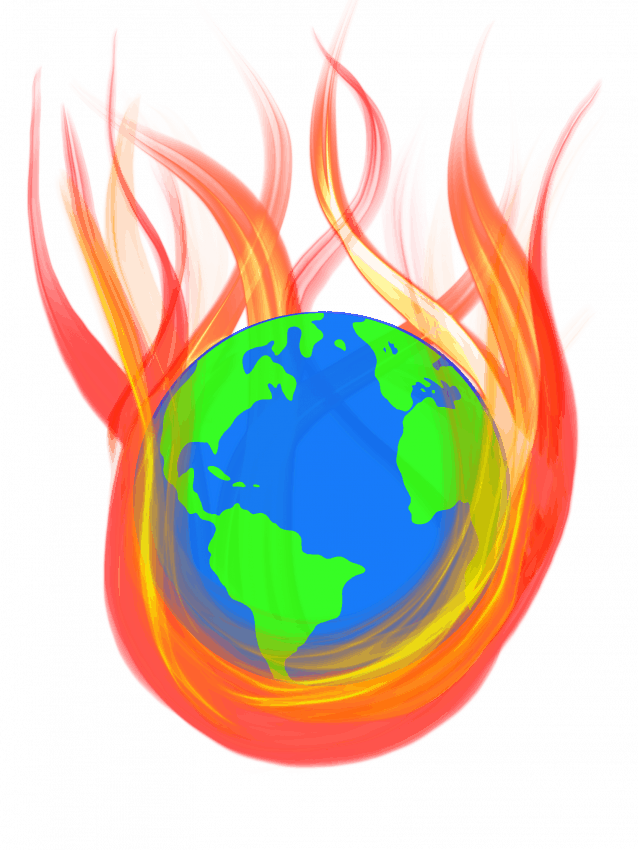
From Sept. 20 to 27, millions of participants — 6.6 million this week and 500,000 in Montreal alone, took part in the phenomenon known as the Global Climate Strike. Various locations, from downtown districts to national congress offices, were crowded with protestors wielding banners to put forward an increasingly urgent message to those in power: we have had enough.
The movement advocates for climate justice, a notion that instills fear in some and passivity in others. A symbolic figure leading the movement is 16-year-old Greta Thunberg, whose choice to address environmental issues instead of attending classes has drawn millions of others to follow her lead.
However, in spite of the collective efforts of numerous climate activists around the globe, ignorance on the issue still stands. Despite management efforts, many of the fires that wiped out 7,200 square miles of the Amazon rainforest are still burning. Similar problems can be encountered in Indonesia where violent red smoke, thick with toxicity falls over the province of Jambi as a result of burning land to be used for agriculture.
From the jarring statistics of accelerating carbon emissions to increasingly destructive hurricanes with devastating effects, an obvious fact can be gleaned from that humongous pile of climate problems we’ve been having — our solutions aren’t working very well.
It seems to me that every UN climate change report is getting more urgent than the last, chock-full of facts and statistics as evidence, with the aim of raising the alarm. As environmental destruction wreaks havoc across the globe, there’s no telling how many years we have left before we realize — perhaps too late — that we should’ve done something, anything, to combat these problems.
It makes sense that Thunberg and her fellow advocates are raising their voices. Sixteen-year-old Indigenous water activist Autumn Peltier, who spoke to hundreds at the UN-based Global Landscapes Forum, has been engaged in water protection since she was eight years old.
Hundreds of thousands of other youth are taking environmental action in a world where it has been too underprioritized. When you’re the next generation in line to inherit the only known planet in the solar system that supports life, you’d want that planet to at least be in a hospitable condition.
In a viral clip of Thunberg speaking at the 2019 UN Climate Change Summit in New York, she addresses the lack of climate action from world leaders.
“This is all wrong. I shouldn’t be up here. I should be back in school on the other side of the ocean, yet you all come to us young people for hope. How dare you,” Thunberg said to the crowd.
Though her words are a grim reminder of the reality of what our world has become, why is it that climate goals still haven’t been met? Why is it that — out of all the issues in the world impacting our future, the one we decide to ignore so heavily is the one that explicitly defines whether or not we have a future?
We can’t view the climate crisis as a meaningless trend. It has become a desperate realization for many that we have too much to lose. And the lack of urgent action by powerful leaders, engrossed in politics, makes it all the more dismaying.
So the question to end with is a thought-provoking one. It’s the subject of endless internet campaigns and news headlines. It’s in the hashtags and shared posts. It’s stated by nonprofit organizations and eco-friendly missions. It encompasses innovative initiatives and research projects. It punctuates TED talks, activist groups, rally speeches and global phenomena encompassing millions in action alike:
Will it all be enough?
—
Fiza Baloch
Graphic: Shawna Langer/ Graphics Editor